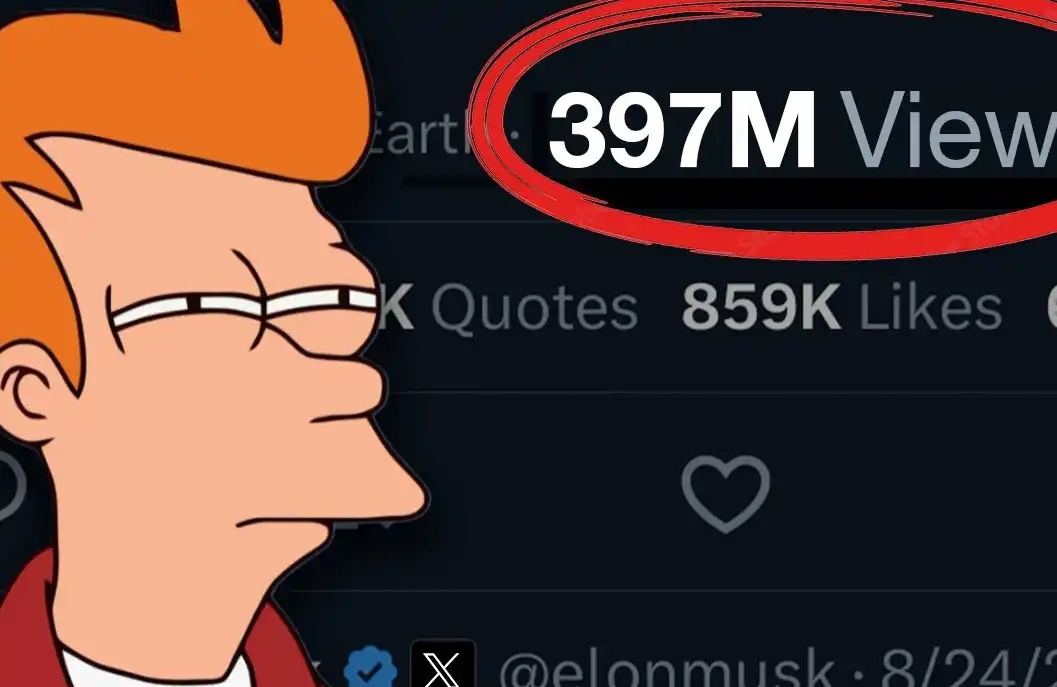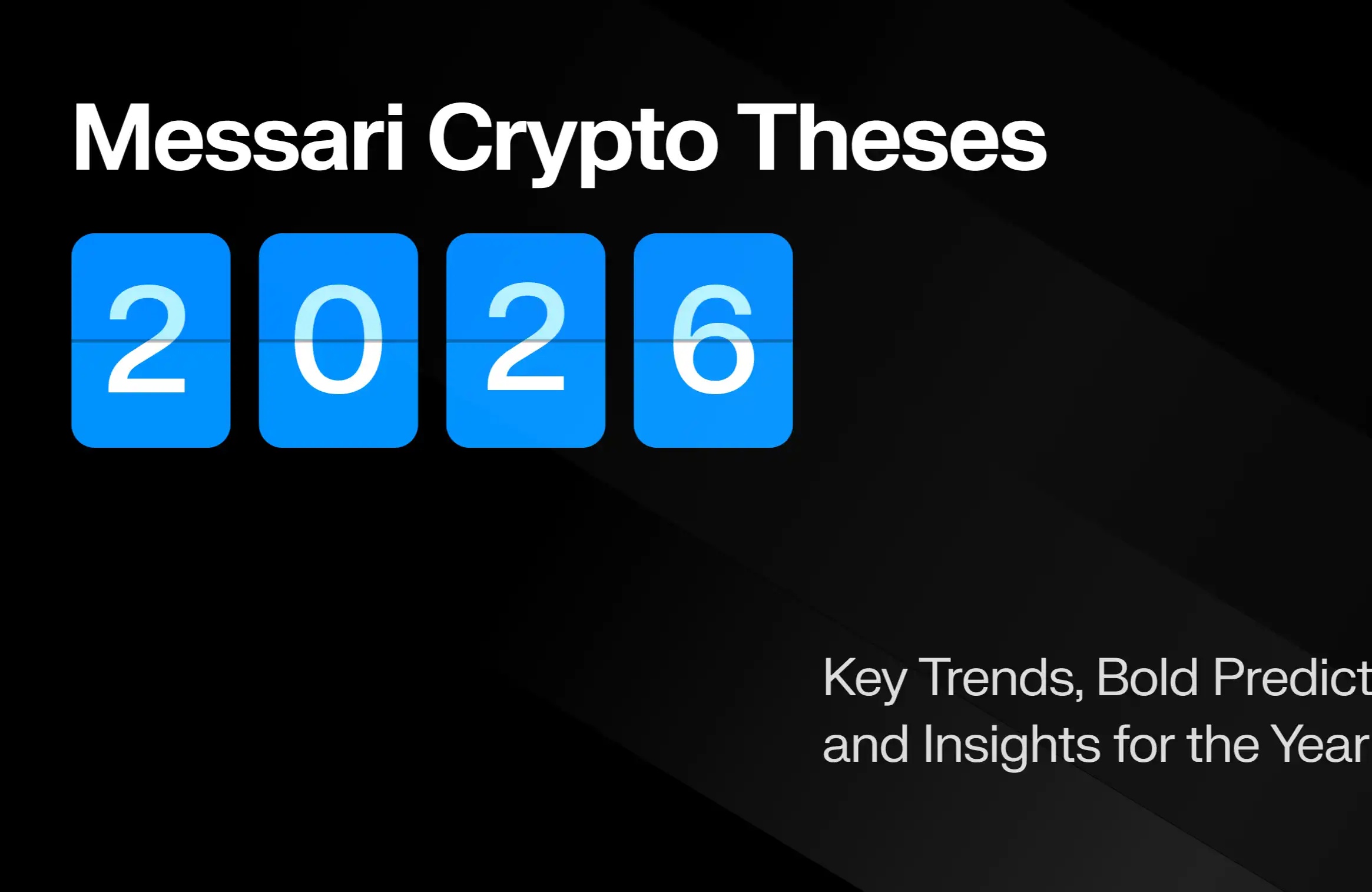Jambo Phone review: Sold in partnership with Aptos, is it worth buying for $99?
Original Title: "Buy a Gold Shovel for $99 and Make a Profit? Before Ordering Jambo Phone, Please Read This Article | Jambo Phone Comprehensive Review"
Original Author: Yobo, Foresight News
On January 11th of this year, Jambo announced the launch of their blockchain phone, the Jambo Phone. At the beginning of the announcement, this hardware device did not cause much of a stir. However, on February 15th, just one month later, another announcement changed everything. Jambo announced that they would be "collaborating with the Aptos Foundation to sell" this phone, which is priced at $99 and has been "gold-plated in place".
Solana Saga 1st generation, although "awarded" the worst phone of 2023, has become a recognized gold shovel due to the airdrop value it brings, which far exceeds the price of the phone itself. The Solana Mobile 2nd generation, relying on this expected hype, sold out directly and sold more than 60,000 units in just three weeks with only a picture containing a few letters, even without making a PPT. This is still a futures product that costs $450 and won't be mass-produced until 2025. In comparison, Jambo, which sells for only $99 and can already be shipped, is simply "cheap to explode"... ummm... right?
Supplement some background information. Jambo is headquartered in Congo and its core product is a Web3 portal focused on "Learn & Play & Earn". In 2022, it completed a seed round of $7.5 million and an A round of $30 million, with investors including Paradigm, Coinbase Ventures, and Pantera Capital. Although Aptos has performed slightly weaker than its "direct competitor" Sui in terms of coin price in the past six months, its TVL and coin price have shown a strong upward trend in the past month, and the timing of the acceleration is similar to the timing of the two parties' official cooperation announcement, which is very subtle.
Here, the purchase process of 200 words is omitted (I believe that after you finish reading, you may not care about this part that has been omitted), and then the phone is received. First, let's briefly unbox it and answer a few questions about the phone's configuration.
Jambo Phone 究竟是一台什么水平的手机?
What level of phone is Jambo Phone?

When the phone is not turned on, the texture is not particularly poor although it feels quite plastic. However, the inconsistent color of the card slot and the middle frame, as well as the large gap caused by the workmanship, can remind you at any time that this phone should be a product priced at around 100 yuan, or more accurately, a product that should not exceed 500 yuan. If you have done this psychological preparation in advance, the thick and solid chin should not be so difficult to accept.


The system itself doesn't have much to say, it's a pure native Android 13 system, with not many pre-installed apps, it looks a bit like a Web3 phone, at least it has the Petra wallet, but, we'll talk about this "but" later.

Because there is no hardware configuration details of this machine in the official promotional materials, I first looked at the specific configuration. It is equipped with a Ziguang Zhanrui T606 processor, 4GB of RAM, and 64GB of ROM. If you have no idea what T606 is, it is roughly equivalent to Snapdragon 625, which is a mid-range chip released in 2016. In 2016, Bitcoin was worth $400, and Ethereum finally broke through $1 in January of that year...
Speaking of the T606 chip, it has 8 cores, including two A75 big cores and six A55 small cores. However, the A75 big core is already at the level of a small core in the Snapdragon 690, a mid-to-low-end chip released by Qualcomm in 2020. The performance level that was barely acceptable eight years ago is now a disaster. After all, WeChat had just become popular that year. Now, take a look at how much space WeChat takes up on your phone. 10GB? 30GB?

Speaking of specific data, the benchmark score of Yuletu is 240,000 (currently, the benchmark score of Android flagship has exceeded 2.1 million), Geekbench6 benchmark score is single-core 381 and multi-core 1357, 3DMark Wild Life benchmark score is 420 points, with an average frame rate of 2.52. Its main feature is the ability to benchmark, and that's it. As a comparison, the Redmi Note12, which was released last year for 800 yuan, uses the low-end processor Snapdragon 4Gen1. Its Geekbench6 single-core benchmark score is 844 and multi-core is 2087. You can calculate the difference yourself. As for the gap with flagship phones, it's a bit cruel, so I won't release the numbers.

The screen is a 6.52-inch 1600*720 "light-up" IPS screen with a refresh rate of 60Hz, dull colors, and a pixel density of 269 PPI. The memory is LPDDR4x dual-channel, and it has a dual rear camera with a main camera of 13 million pixels and a secondary camera of 300,000 pixels, which is a standard lens for making up the numbers. I didn't check what specific sensor was used, but it's good enough for scanning codes and the requirements aren't too demanding, so I won't include a sample here.
Battery capacity is 4900 milliampere-hours, and the endurance is quite practical. After playing and testing for a whole day, the battery only dropped by more than 20%. Even my Red Magic 9 Pro, which has a huge battery, has never had this feeling. It seems that as long as the phone is bad enough that you don't want to touch it, the endurance can be improved several times (bushi).
By now, the situation regarding the hardware should have been explained almost completely. During the unboxing process, I happened to come across a public model product that was released last year, the AGM Z1. This phone is similar to the Jambo Phone in many aspects such as the processor and mold, but the memory combination is 8+128, the screen supports 90Hz high refresh rate, the main camera is 50 million pixels, and it also supports side fingerprint unlocking, which Jambo does not have. The price of AGM Z1 is 599 yuan...

Jambo Phone is a "qualified" Web3 phone?
Regarding the discussion of the "mobile phone" part of this phone, let's get back on track. How high is the concentration of Web3, or Aptos, exactly?
First of all, let me give you a conclusion: no matter what your expectations are, you may be disappointed.
First of all, the pre-installed apps only include Petra Wallet in Aptos, and this version is just a regular Google Play version app without any customization. In addition, there is no so-called DApp app store on the phone, only the native Google Play is built-in.
After logging in for the first time and creating or importing an Aptos wallet, no "credentials" will be sent to the wallet. In other words, even if you log in to your wallet on this device, there will be no identifiable on-chain trace, which is undoubtedly fatal for the so-called "airdrop expectation". Because as long as you have any ordinary Android phone, you can download the exact same Petra wallet application, and everything that Jambo Phone can do, you can do too.
As for Jambo, a "Web3 super app", the wallet initialization in the built-in app version on this phone has always been problematic. The author has seen more than one person on the X platform report similar issues, and currently there has been no official response to this issue. Within the limited testable functions, this version of the Jambo app should not have any customized components and is completely identical to the ordinary Jambo mobile app.

Currently, most of the tasks built into Jambo are basic actions such as software downloads and social media follow/like, which are very Web2. The method of task verification is still submitting screenshots...

The situation with other built-in applications is not optimistic, basically there are two situations: 1. It is stuck and cannot be opened; 2. It has nothing to do with Web3. Even if it can be used normally, there is no customization, such as a small fox wallet.
Comparatively, Solana Saga will send SBT NFT to the bound Solana wallet address upon activation of the device, which is the most important on-chain credential for subsequent airdrops. In addition, the phone is embedded with a customized DApp application market and a seed library directly at the system level, and the wallet also achieves system-level interaction experience. SBT NFT holders can directly serve as airdrop judgment conditions. In addition, the customized DApp application market means that Saga users can download customized applications developed for the project, and the airdrops of Bonk and Chonky are also distributed through this method.
One sentence, at this current point in time and under this current system version, there is absolutely no possibility of "airdrops" for Jambo Phone.
And the only possibility is to hope for future system updates, and for the Jambo and Aptos teams to truly create some customized applications. However, whether this hope can become a reality is a huge question mark.
Summary
Solana Mobile Saga is not actually the first Web3 concept phone, but previous Web3 phones released by HTC and Vertu were not successful. However, it is because of the impressive performance of the Solana ecosystem in the past six months and the innovative "gameplay design" of Solana Mobile that Saga has been pushed to a height far beyond the hardware value of the phone itself.
But this seemingly not too complicated and copyable thing, Jambo has proven with practical actions that not everyone can do it well. I believe we will see more so-called Web3 phones in the future, and whether these devices can also become gold shovels and whether they are sufficient to obtain the premium of Web3, the answer is obviously not an absolute "YES".
Finally, I wish that the Jambo and Aptos foundations can provide more empowerment in the updates of Jambo Phone. Otherwise, this terrible phone can only be placed on the shelf as a "warning bell".
Welcome to join the official BlockBeats community:
Telegram Subscription Group: https://t.me/theblockbeats
Telegram Discussion Group: https://t.me/BlockBeats_App
Official Twitter Account: https://twitter.com/BlockBeatsAsia










